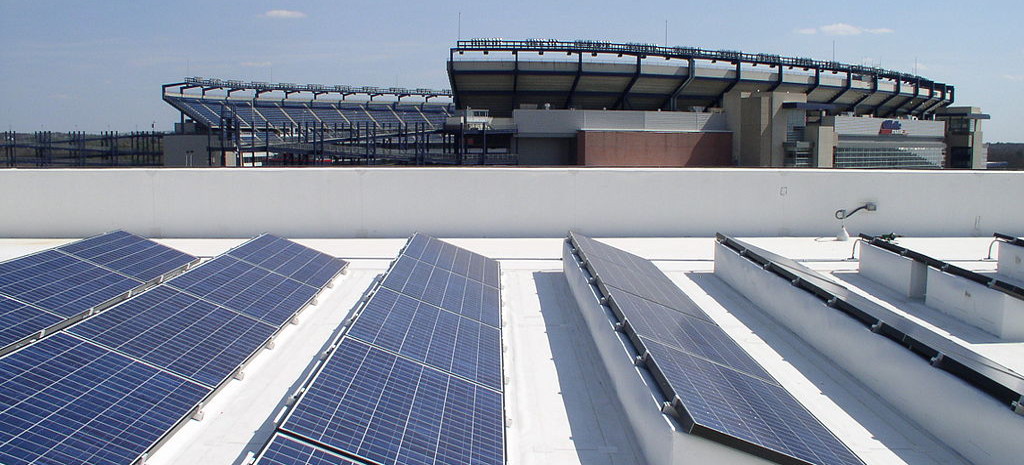Massachusetts has been a Top 10 solar state since 2012 with the implementation of a solar target and strong incentive program under former Governor Deval Patrick, and earlier this month the Bay State’s target of 1,600 megawatts (MW) installed by 2020 was met three years early. This was enabled by a solar renewable energy credit (SREC) program, a long-term policy which cemented good fundamentals of higher electricity prices, an established industry and a 64% decline in installation costs over 5 years.
But now, under Governor Charlie Baker, the State Department of Energy Resources (DOER) has come up with a plan for 2017-2022, called the Solar Massachusetts Renewable Target (SMART) Program.
After being run through the policy blender, SMART was transitioned into a tariff program that utilities would file with the Massachusetts Department of Public Utilities and get the SRECS. The tariffs would be organized into five different classes: Low Income under 25kW (AC), other markets under 25kW, 25-250kW, 250-500 kW and 500kW-1 MW. Projects above 1 MW would be set in a competitive process, with a ceiling of $0.15/kWh for 1-2 MW projects, and $0.14/kWh from 2-5 MW.
SMART was filed June 5, 2017, with public hearings held July 10-11. Responses by the solar communities were generally supportive, with a number of suggestions requested by advocates for improvements. In a letter to DOER Commissioner Judith Judson, an amalgam of solar organizations, including the Solar Energy Industries Association (SEIA), Vote Solar, Northeast Clean Energy Council and five other entities, called for the following changes:
- Increase ceiling price for systems
- Better specifying of system metrics
- A six-month review after the program’s effective date of tariff
- Establish a price floor in Block 1 for smaller (<25kW) systems, including higher floor for installations in low-income communities.
- Replace MW adder caps with a MW threshold and revise energy storage adder threshold
- Eliminate or modify project segmentation, agriculture and greenfield restrictions or limitations
- Clarify performance standards for ground mounted installations, billing mechanisms and role of Solar Program Administrator.
- Amend community solar definitions.
David Gahl, SEIA’s Director of Northeast State Affairs, considered the low ceiling price, program ambiguities and caps on the various program segments to be among the biggest issues that need to be fixed, per the solar group’s letter, “to ensure the final regulations help achieve the Baker-Polito Administration’s clean energy goals.”
In the meantime, Massachusetts has hit caps with the existing net metering program in the service area of National Grid, the biggest utility, and two other providers. Gahl said that the state legislature will need to raise net metering caps right away, preferably at the rate of 1% per year, to keep the solar market from grinding to a halt.
Correction: This article was corrected at 3:55 PM on July 21. The original cited SEIA’s Dave Gahl in stating that the program needed to be approved, when instead Gahl stated that the program needed to be fixed. We have changed this to reflect Gahl’s actual perspective, and we regret the error.
This content is protected by copyright and may not be reused. If you want to cooperate with us and would like to reuse some of our content, please contact: editors@pv-magazine.com.








By submitting this form you agree to pv magazine using your data for the purposes of publishing your comment.
Your personal data will only be disclosed or otherwise transmitted to third parties for the purposes of spam filtering or if this is necessary for technical maintenance of the website. Any other transfer to third parties will not take place unless this is justified on the basis of applicable data protection regulations or if pv magazine is legally obliged to do so.
You may revoke this consent at any time with effect for the future, in which case your personal data will be deleted immediately. Otherwise, your data will be deleted if pv magazine has processed your request or the purpose of data storage is fulfilled.
Further information on data privacy can be found in our Data Protection Policy.